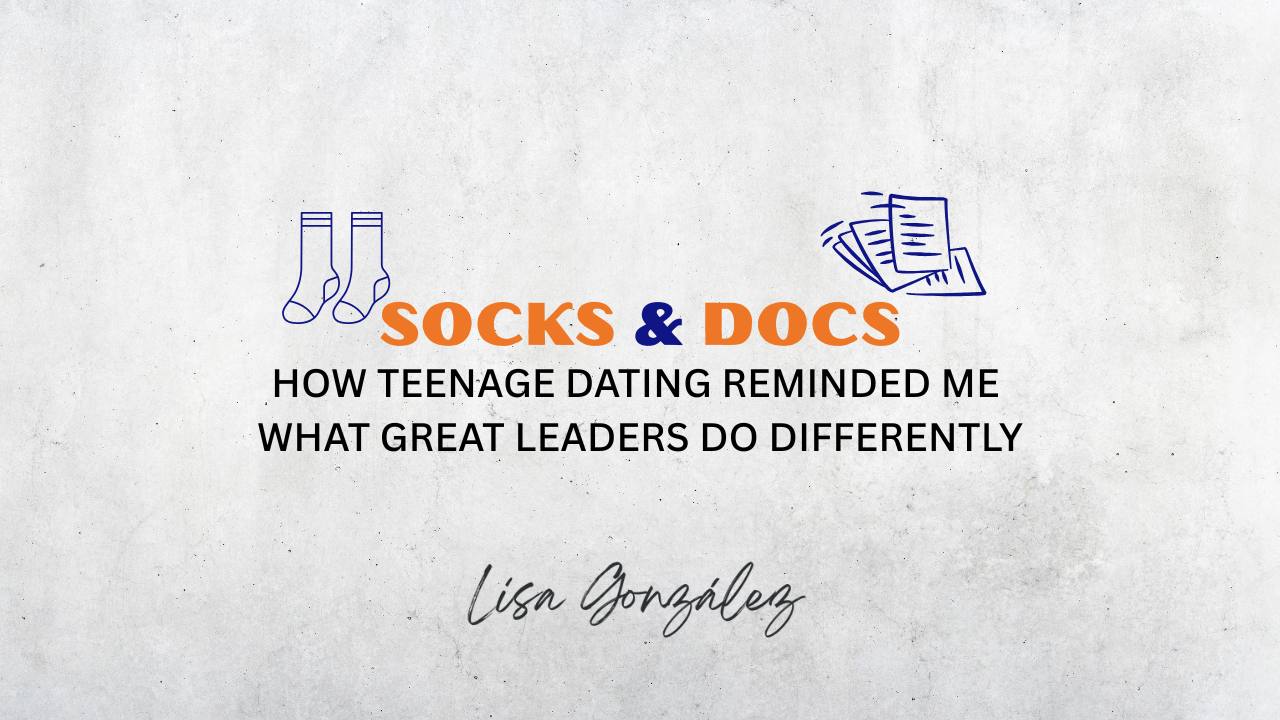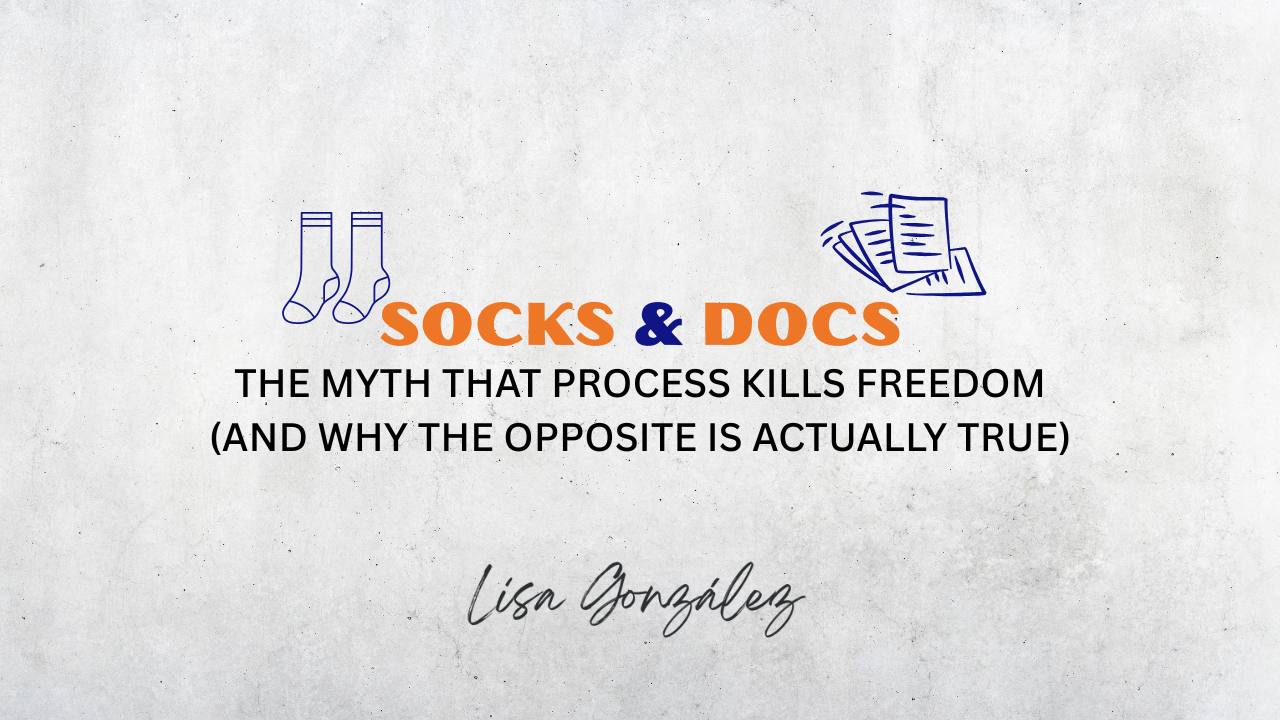Does Your Best Manager Know They're Safe?
I came across a study from Harvard Business Review that found that managers feel less psychological safety than both their bosses and their teams.
I had to take a pause because, WOW.
But then it made perfect sense.
If you’ve ever been a manager, you know what it’s like to be squeezed from both sides. Leaders expect you to hit goals, make decisions, and hold people accountable. Your team expects you to listen, support, and protect them.
You’re the translator, the coach, the shock absorber, and the messenger all at once. And it’s easy to feel like you have to appear neutral, so maybe your managers feel like you’re not on their side when it comes to resolving issues.
So it’s no wonder so many managers feel unsafe.
They’re the bridge between vision and execution, but they often feel like they’re walking that bridge alone.
Here’s what I tell leadership teams: if your managers don’t feel safe to bring up issues, if they don’t feel safe enough to share cascading messages in the other direction… your EOS rollout, your processes, your culture… won’t stick.
Managers are the people who carry your message through the organization.
They’re the ones who turn strategy into daily action.
When they’re thriving, the business runs smoothly.
When they’re fearful or unclear, everything slows down.
That’s where the Quarterly Conversation Tool from EOS can help.
A Quarterly Conversation creates a safe, structured space for your managers to breathe, think, and actually be heard. It’s not a performance review. It’s not a surprise attack. It’s a rhythm. A promise. A consistent checkpoint where you check in on expectations, performance, and (just as important) what they need from you.
In these conversations, you’re answering three simple questions together:
-
How are you doing?
-
How are we doing?
-
How can I help?
When your managers know they’ll have this space every 90 days, something shifts. They stop bracing. They stop guessing. They stop carrying unresolved issues for months because they’re “not sure if this is the right time” to bring them up.
Instead, they walk in knowing:
This is my time. I’m safe here. My leader wants me to succeed.
And when you use the tool the way it’s designed, clear expectations, honest feedback, and genuine support, you’re not just improving performance. You’re rebuilding trust. You’re strengthening alignment. You’re giving your best managers the psychological safety they rarely receive but absolutely need.
If the answer to any of those is no, the kindest thing you can do is fix that, not push harder.
If this hits home, join me for my upcoming workshop for entrepreneurial leadership teams. We’ll dig deeper into tools and talk about practical ways to build healthier, safer, and more accountable teams, from the top down and the middle out.
Register here.
Let’s make sure every leader in your organization feels equipped, supported, and clear on how to succeed.
That’s where real safety begins.
Let’s build something that lasts,
Lisa




Responses